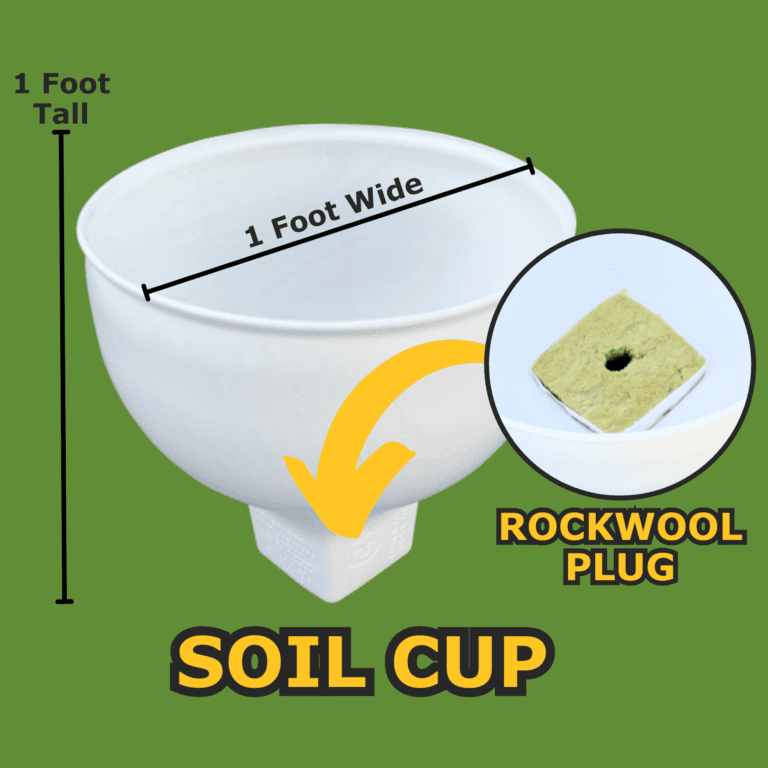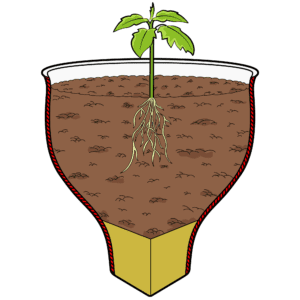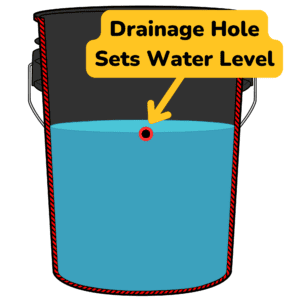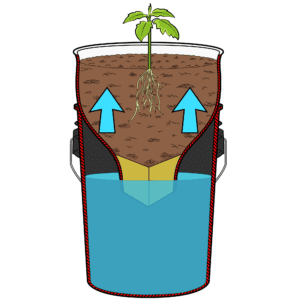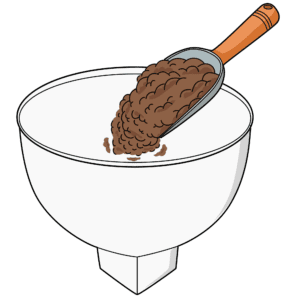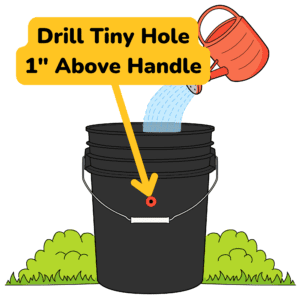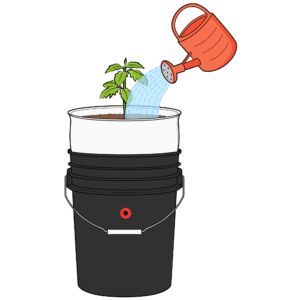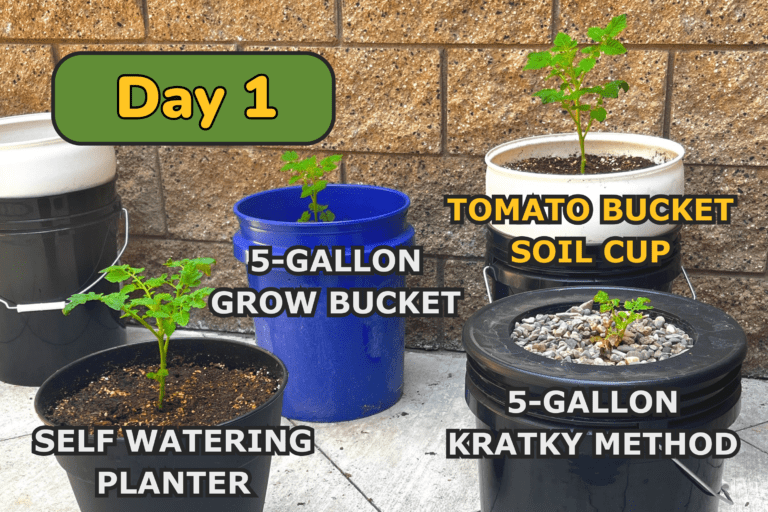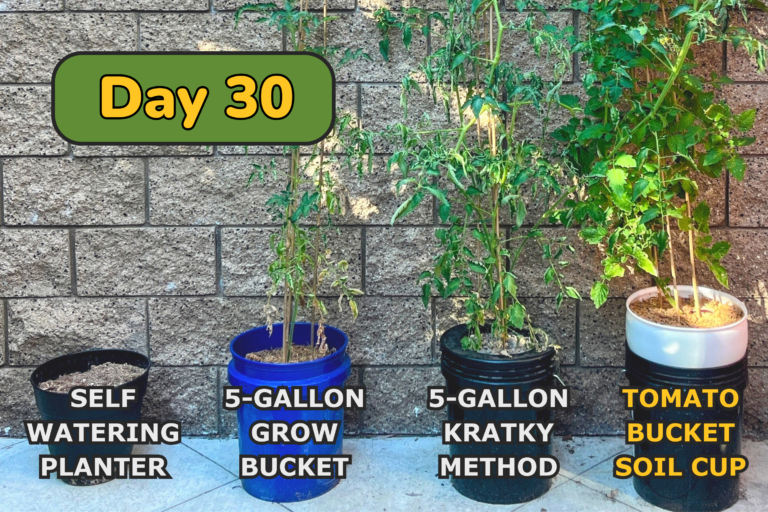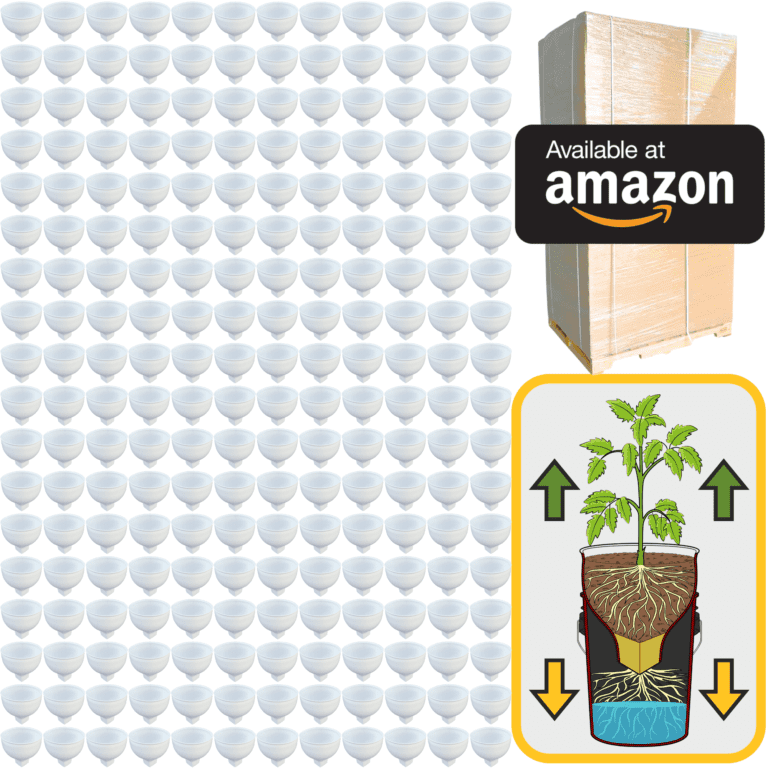Let’s dive into one of the simplest and most satisfying ways to begin your hydroponic journey: simple water culture. If you’ve ever watched a seed sprout on a damp paper towel, you’ve seen the beginnings of what we’re doing here. In simple water culture, we’re giving plants the chance to grow in nothing but water and a nutrient solution. This is the ultimate starting point, an easy and effective way to see hydroponics in action without any complex setup. With a few basic materials, you’ll be growing plants, watching roots stretch down into the water, and observing how they feed and grow in this soilless environment.
At its core, simple water culture is about setting up a container of water, adding nutrients, and supporting the plant so its roots can grow freely into the water below. You don’t need pumps, fancy equipment, or any special knowledge to get started. In fact, you can start with common household items—a jar, a small plastic container, or even an old glass. The idea is to suspend the plant so its roots can dangle down into the water, where they’ll have easy access to nutrients and oxygen. This setup is often called a “passive” system because it doesn’t rely on any moving parts, making it an excellent first step in learning how hydroponics works.
Choosing the right plant to start with can make all the difference in building your confidence with hydroponics. Leafy greens like lettuce, spinach, or basil are ideal—they grow quickly, they’re resilient, and they don’t need a deep root system. Once you’ve chosen a plant, find a container that will give the roots room to spread out as they grow. A simple jar or small bucket can work perfectly. Next, you’ll need something to support the plant at the top of the container so that its roots can reach down into the water. Many people use a piece of foam or even a small plastic net cup (these are cheap and easy to find at gardening stores or online). Place the foam or cup at the top of the container, ensuring the roots are in the water while the top of the plant stays dry.
Now comes the exciting part—adding nutrients to the water. In hydroponics, nutrients take the place of soil, delivering everything the plant needs directly to the roots. You can buy hydroponic nutrient solutions that are already mixed and ready to go, or you can find concentrated powders or liquids that you’ll mix with water. As a beginner, go with a premade liquid nutrient solution designed for leafy greens; it’s easy to measure, dissolves quickly, and will give your plant everything it needs to get started. Follow the instructions for dilution on the bottle, add the nutrients to your water, and give it a good stir to make sure everything is evenly mixed.
One of the most fascinating parts of simple water culture is watching root development up close. Unlike soil, where roots are hidden, this setup lets you see every detail. You’ll notice how roots grow downward, spreading out to take in as much water and nutrients as they need. As days go by, you’ll see a web of roots form, reaching into the water, sometimes branching and sometimes growing straight down. It’s like seeing a whole new side of the plant, and this closeness helps you understand the plant’s needs on a deeper level. Roots in hydroponics tend to grow fast and stay white and healthy as long as they’re getting enough nutrients and oxygen.
Oxygen is critical for root health. In soil, roots get oxygen from tiny air pockets. In simple water culture, we need to provide oxygen by keeping the nutrient solution well-aerated. If you’re starting with one or two plants, you might not need anything extra—changing the water every few days can bring in fresh oxygen. But if you want to keep the water fresh and aerated without changing it all the time, consider adding an air pump, like the ones used in fish tanks, along with a small air stone. This will create bubbles in the water, providing a steady supply of oxygen to the roots. Watching those little bubbles work their way through the water and around the roots is a satisfying sight—it’s like giving your plants a breath of fresh air every day.
With simple water culture, it’s also easy to monitor your plant’s progress and make adjustments as you go. If you see that the leaves are growing pale or yellow, it might mean the plant needs a bit more nitrogen or that the pH of the water is off. You can check the pH using pH test strips or a pH meter, keeping it in the range of about 5.5 to 6.5, which most plants prefer. If the pH is too high or low, it can interfere with the plant’s ability to take in nutrients, even if they’re present in the water. Keeping an eye on these details will help you learn to “read” your plants, understanding what they need based on the way they grow and look.
One of the joys of starting with simple water culture is seeing results quickly. Leafy greens and herbs can start producing harvestable leaves in just a few weeks, giving you fresh food that you grew yourself without soil, mess, or complicated systems. This quick feedback loop is incredibly rewarding, showing you how your care and attention translate directly into growth and health for your plants. The simplicity of water culture also makes it low-cost and low-risk, so you can experiment with confidence, knowing that each plant is teaching you something new about hydroponics.
As you watch your plants grow in this simple setup, you’re building a foundation for more complex systems down the line. Simple water culture introduces you to the essentials of hydroponics—root development, nutrient uptake, and oxygenation—without overwhelming you. Every time you check on your plant, you’re learning about how it responds to its environment, how much water it drinks, and how fast its roots grow. And this connection builds your intuition as a hydroponic gardener, one small step at a time.

